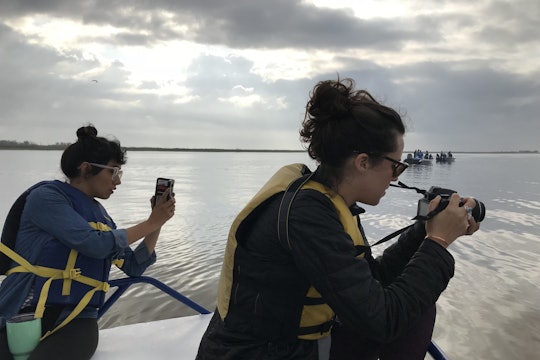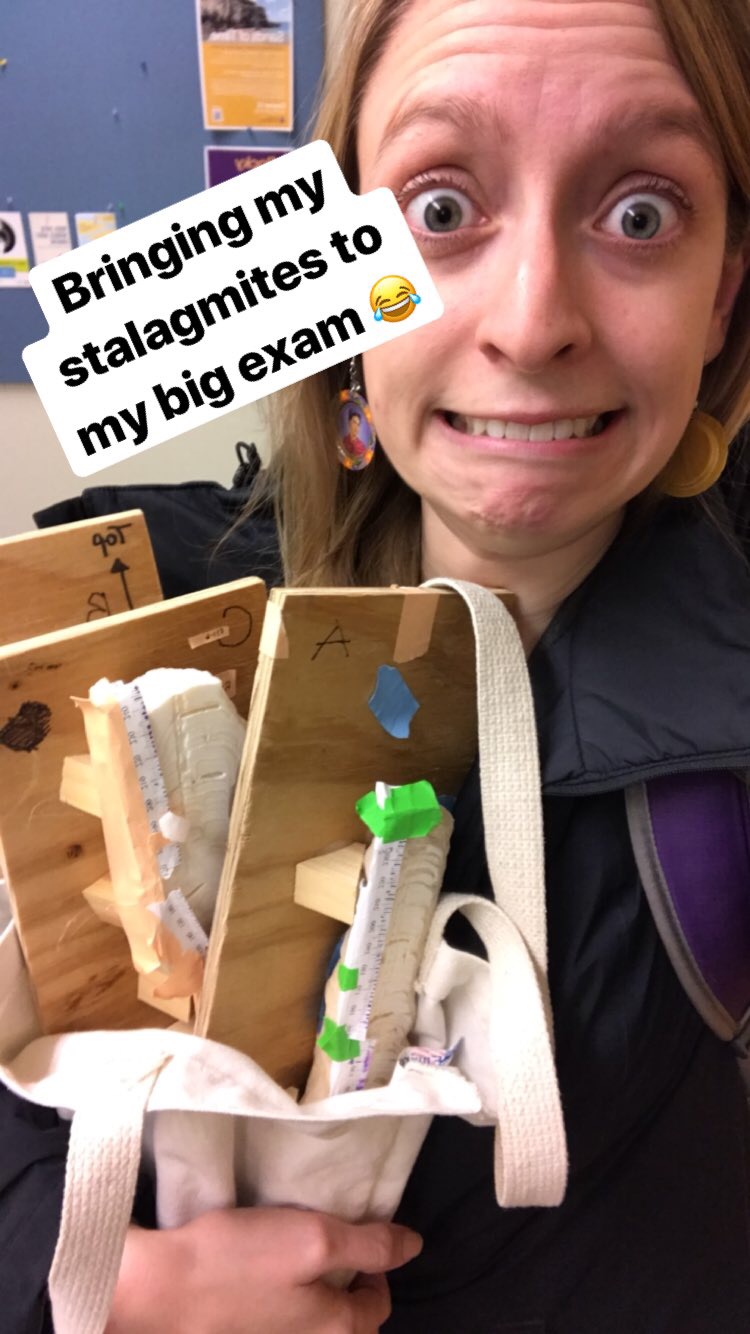
Gabriela Serrato Marks
A scientist responds to that 'Science' Instagram essay
Online outreach helps highlight women and people of color in the field
Science is a major peer reviewed scientific publication where many researchers dream of publishing their work. That's why, last week, many researchers felt betrayed when the journal published an op-ed, by Meghan Wright, that reads like a bitter takedown of Samantha Yammine, a neurobiology PhD student and science communicator.
People in the science social media world were furious because, although the article was directed at Yammine (or Science Sam, as she is known online), they felt like their work to provide a behind-the-scenes, accessible view of science was being undervalued. Some communicators felt like the piece could have easily been directed at them, so its personal tone was especially painful.

Gabriela Serrato Marks
I, too, love using social media to make connections and talk about my research. My favorite thing about social media is "meeting" new people that I share interests or identities with, like paleontology student Michelle Barboza-Ramirez. By chatting on Instagram, we found out that not only do we both love geoscience, our families are from the same part of Mexico, and we shop from the same Etsy sellers. That personal connection later produced scicomm collaborations that we couldn't have pursued without knowing each other. In the Science piece – and in pieces past, like this similar op-ed in the Guardian – connections like that were reduced to parading myself online and showing off.
Though I actually agree with some of the points in the piece – that communication is undervalued, requires extra work, and yes, sometimes takes time away from research – I don’t think that spending time away from research is a bad thing, and neither does peer-reviewed research. Many scientists also use their accounts to show their field sites and research subjects, often doing this work between meetings and commitments.
The Science author’s argument that science communication won’t solve inequality seems founded on the idea that women are doing communications exclusively for the purpose of improving gender inequality in STEM fields. In reality, there is much more to scientists on social media than visibility for women.
By showcasing what they are passionate about, scientists on social media are able to reach large public audiences and break down stereotypes about scientists, which are some of Yammine's motivations for science communication.
"I try to show that scientists are relatable people with whom you can have two-way dialogue, with the added benefit of contributing to changing the stereotype of what a scientist looks like," she wrote to me. "The latter can be very helpful for people who, like me, have not always felt like they could belong in science or scientific discussions." Science Sam is preparing a "policy-driven and evidence-based" response to the Science piece.
I asked a few of my grad student friends why they choose to use social media, and what they get out of it. A neuroscience PhD student and active social media user, Christine Liu, wrote, “Being online has immensely improved my self confidence, which has carried through to the way I conduct and speak about my research. My feelings of belonging in the scientific community improve with every positive online interaction I have with other scientists.”
Students of color are more likely to be socially marginalized, so these online communities are especially important for PhD students like Anicca Harriot, who studies astronaut health. I asked her what she thought of the Science op-ed, and how social media has impacted her career. She acknowledges that communication takes additional work, but she sees enough value in it to put effort into it.
“The face of STEM has always been white and male, I think it's pretty revolutionary that we live in a time where you can simply pick up your phone and see that isn't the case. I choose to take on the extra burden of science communications because I see the value of visibility for women of color in this field for the upcoming generation of scientists,” she wrote.
Regardless of their social media use, scientists should work together to communicate science in the best ways possible, not take each other down - especially on public platforms.
The Instagram science community is responding to this op-ed by posting selfies explaining why they think we are stronger together. I’m not saying that everyone should be on Instagram, and I understand that it isn’t for everyone. But there are different ways to be a successful scientist, and people who are interested in scicomm should keep doing it, especially marginalized scientists who are not given other platforms.
